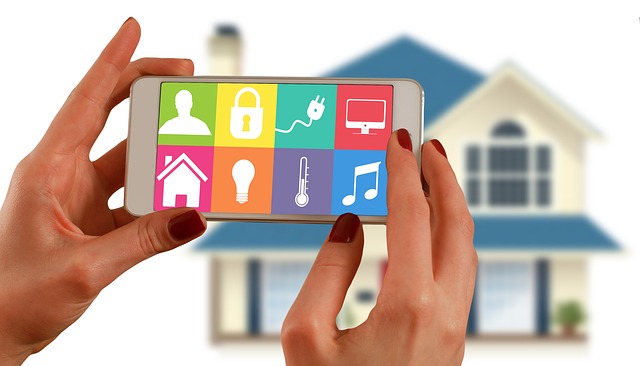
In recent years, connected home technology has become more than a luxury—it’s an expectation. Climate controls that learn your patterns, locks that recognize your phone, and appliances that send alerts when supplies run low all sound like the pinnacle of modern living. Yet, with each new “smart” feature comes another access point that, if neglected, can quietly open the door to unintended risks.
Many homeowners believe that purchasing reputable devices automatically guarantees security. However, thats only part of it, that’s only part of the story. Just as an unlocked side gate can render a solid front door useless, a poorly managed smart device can undermine the very protection it’s meant to provide.
Unseen Entry Points
Each connected light switch, camera, or thermostat communicates through a network, and that network is only as strong as its weakest link. Outdated firmware or default passwords create vulnerabilities that may be invisible during daily life. These flaws are not always dramatic or obvious—sometimes, a compromised device simply collects more information than you realize, quietly transmitting it to parties you never intended to involve.
The Chain Reaction Effect
One of the more underestimated hazards lies in how devices interact with one another. A hacker who gains access to a “low-priority” device, such as a smart bulb, may be able to move through the network to reach more sensitive systems like security cameras or door locks. This domino effect can turn what seemed like a harmless oversight into a full-scale intrusion.
Human Habits Matter
No technology can outperform poor user habits. Installing devices without changing factory credentials, skipping security updates, or using the same password across platforms are all shortcuts that create wide openings. Even granting guest access to a single device without monitoring its permissions can expand the exposure far beyond your own control.
Best Practices for a Safer Smart Home
Protecting your connected home requires a layered approach:
-
Update Routinely: Enable automatic updates whenever possible so devices stay equipped with the latest security patches.
-
Strengthen Credentials: Use unique, complex passwords for each device or platform, and employ a password manager if needed.
-
Segment Networks: Keep smart home devices on a separate Wi-Fi network from computers or sensitive data storage.
-
Review Permissions: Periodically audit who and what has access to each device.
-
Retire Responsibly: When replacing a device, perform a factory reset before disposal or resale.
The Bottom Line
Smart technology can certainly enhance comfort, efficiency, and safety—but only when maintained with the same vigilance you’d give to the locks and alarms on your doors. A secure home is not just about strong walls and good hardware; it’s about understanding how every connected feature fits into the bigger picture of your property’s protection.

Recent Comments